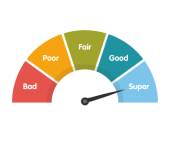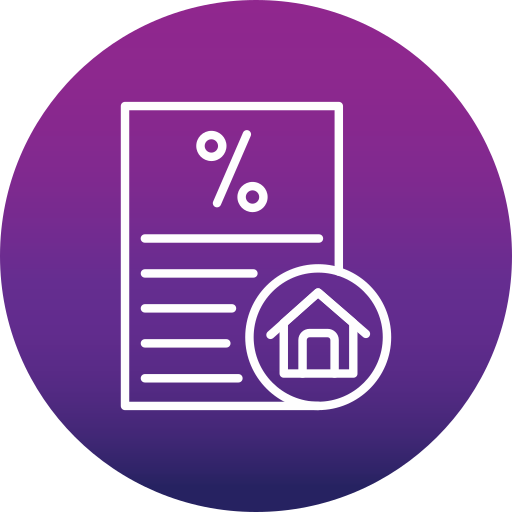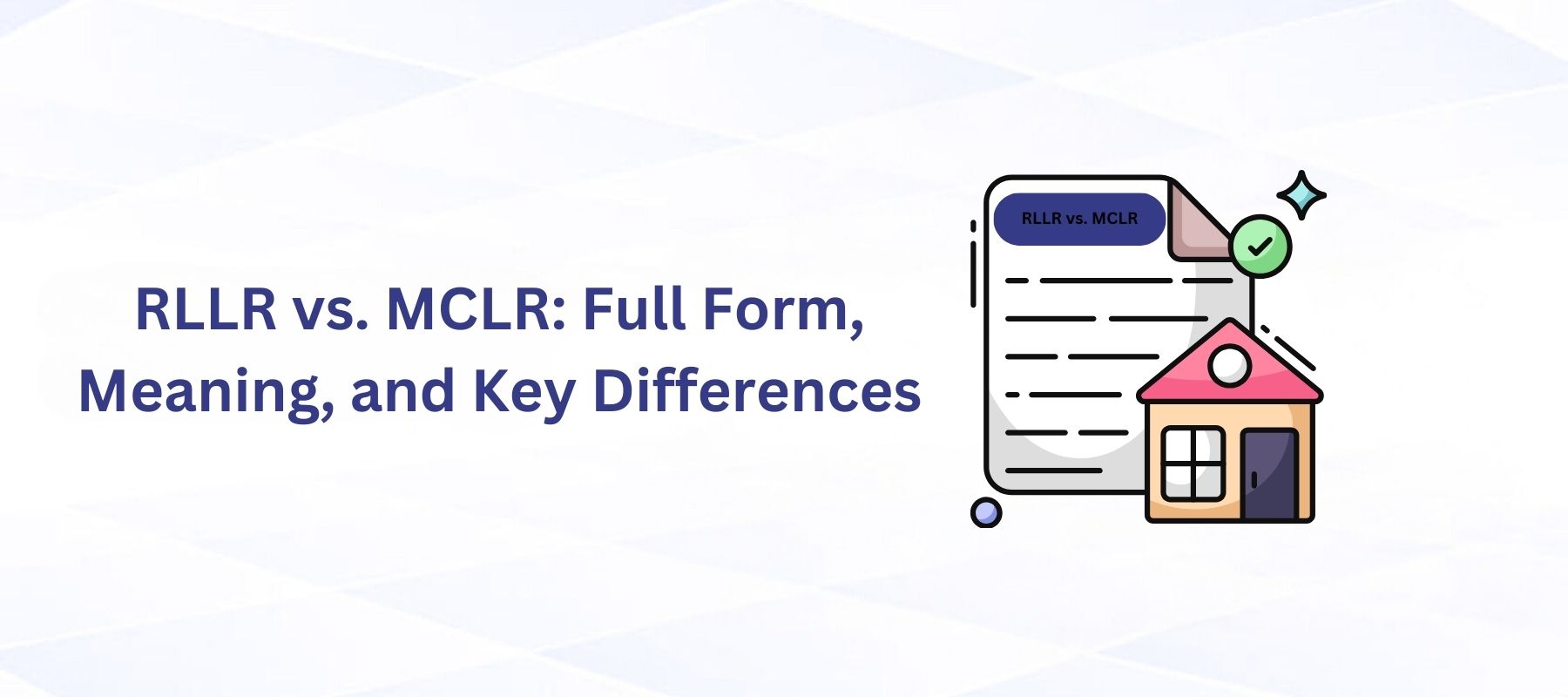Special Offers




Special Offers




11-Dec-2024 | Home Loan

When you dream of owning a home, a home loan is often the best way to make it a reality. Financial institutions offer loans with either the Repo Linked Lending Rate (RLLR) or the Marginal Cost of Funds Based Lending Rate (MCLR). To make an informed decision about your home loan, it is crucial to understand these two loan rate mechanisms in detail. In this article, we explore the full forms, meanings, calculation methods, and key differences between RLLR and MCLR.
The Repo Linked Lending Rate (RLLR) is directly linked to the Repo Rate, which is set by the Reserve Bank of India (RBI). RLLR ensures transparency and enables faster transmission of changes in the repo rate to loan interest rates.
Repo Rate: The interest rate at which commercial banks borrow money from the RBI.
Spread: An additional percentage added by banks to cover operational costs and profit margins.
The formula to calculate RLLR is:
RLLR = Repo Rate + Spread
For example, if the current repo rate is 6.5% and the bank’s spread is 2%, the RLLR will be 8.5%. The loan interest rate moves in tandem with changes in the repo rate, leading to more dynamic and transparent adjustments.
The Marginal Cost of Funds Based Lending Rate (MCLR) is an internal benchmark used by banks to set the minimum lending rate. It is influenced by the bank’s cost of funds, making it a relatively stable but slower mechanism for rate transmission.
The formula to calculate MCLR is:
MCLR = Marginal Cost of Funds + Operational Costs + Tenor Premium
Marginal Cost of Funds: Includes the weighted average cost of deposits and borrowings.
Operational Costs: Covers the expenses incurred by the bank to run its operations.
Tenor Premium: Accounts for the loan's duration and associated risks.
MCLR ensures that banks lend responsibly while balancing profitability and compliance with RBI regulations.
|
Parameter |
RLLR |
MCLR |
|
Benchmark Link |
External (Repo Rate by RBI) |
Internal (Bank’s Cost of Funds) |
|
Transparency |
High |
Moderate |
|
Reset Period |
Every 3 months |
6 months to 1 year |
|
Transmission Speed |
Faster |
Slower |
|
Interest Rate Changes |
Frequent (repo rate changes reflected quickly) |
Gradual (internal cost adjustments) |
Faster Rate Transmission: Changes in the repo rate are quickly reflected in loan EMIs.
Transparent: Borrowers can understand and predict loan interest fluctuations based on the repo rate.
Dynamic Adjustments: Beneficial during repo rate cuts.
Frequent Changes: EMIs may rise if the repo rate increases.
Higher Risk for Borrowers: Less predictability during an economic downturn.
Stability: Interest rates remain unchanged for longer periods (reset semi-annually or annually).
Predictable EMIs: Ideal for borrowers who prefer steady repayment schedules.
Slower Rate Transmission: Borrowers may not immediately benefit from repo rate cuts.
Less Transparent: Complex internal calculations make it harder for borrowers to understand.
The choice between RLLR and MCLR depends on individual borrower preferences and market conditions:
Choose RLLR if you want faster adjustments to repo rate cuts and are comfortable with dynamic EMI changes.
Choose MCLR if you prefer stability and predictability in your loan repayments.
RLLR: Externally linked to the RBI’s repo rate.
MCLR: Internally determined by the bank’s cost of funds.
RLLR: Rates change within three months, reflecting RBI repo rate adjustments.
MCLR: Reset every six months or a year, making changes gradual.
RLLR: Quick benefits during repo rate cuts but risky during rate hikes.
MCLR: Stable interest rates, suitable for long-term financial planning.
The full form of RLLR is Repo Linked Lending Rate, which is directly tied to the RBI’s repo rate.
The full form of MCLR is Marginal Cost of Funds Based Lending Rate, indicating the minimum rate at which banks can lend.
RLLR links home loan rates to the repo rate, leading to faster EMI adjustments in response to RBI rate changes.
The current MCLR varies by bank but typically ranges between 6.80% and 7.65%.
The current RLLR rate, based on the repo rate, is around 8.40%, depending on the bank’s spread.
RLLR is ideal for borrowers expecting repo rate reductions, while MCLR suits those seeking stability.
Understanding the differences between RLLR and MCLR can help you choose the most suitable home loan option for your needs. RLLR offers transparency and faster rate transmission, making it a dynamic choice. In contrast, MCLR provides stability and predictability, ensuring consistent EMIs. At Aavas Financiers, we offer both RLLR and MCLR-linked home loans to help you achieve your dream of homeownership. Explore our loan products today and take a step closer to your dream home.